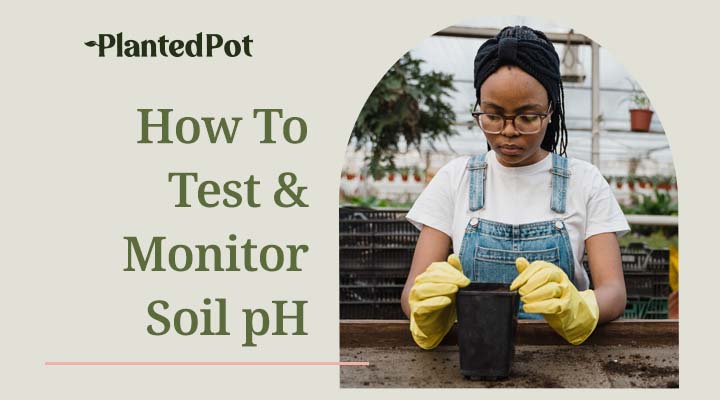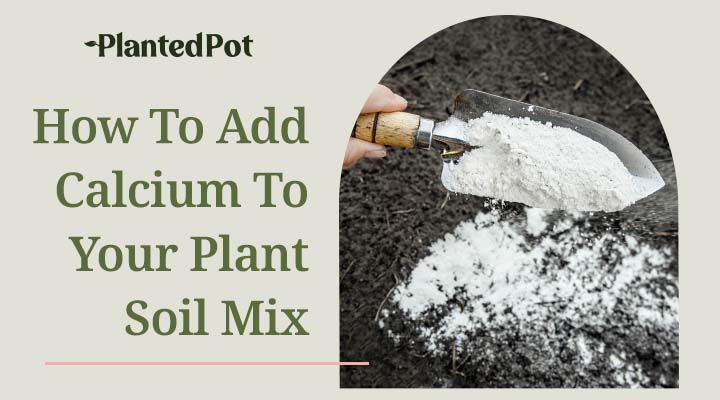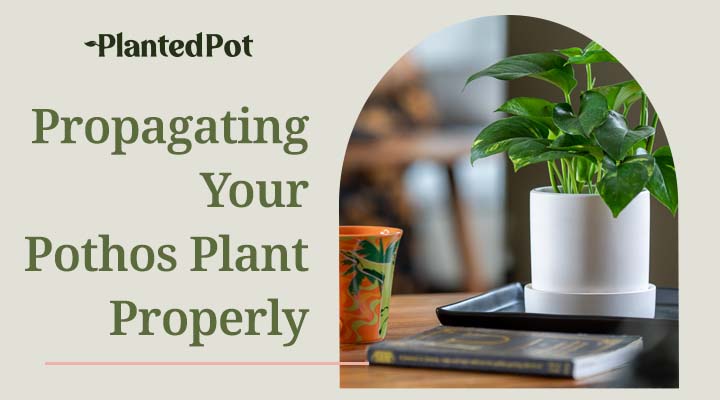
How to Get Rid of Root Aphids: A Tough Plant Pest To Avoid
Home / How to Get Rid of Root Aphids: A Tough Plant Pest To Avoid
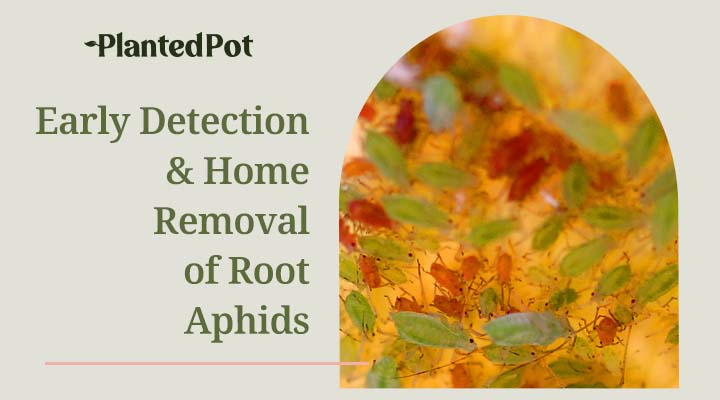
How to Get Rid of Root Aphids: A Tough Plant Pest To Avoid
- Amy Peterson
- September 1, 2021
- 4:11 pm
- No Comments
Did you know it’s almost impossible to get rid of all the pests in your garden? Learning how to get rid of root aphids is a hefty task that may not have a clear solution as they are quite annoying insects. Aphids are not always a big issue, but this may create the perfect environment for them when your plants get stressed! The key to dealing with garden pests like aphids is knowing when and how to get the problem under control.
If you’ve spotted a population of aphids growing on your plant, it’s time to take action! These bugs multiply fast and may prompt irreversible damage to your plants if not controlled. But don’t panic! This quick guide can help you get this pesky pest problem perfectly under wraps.
Are Root Aphids Common?
Due to their rapid telescopic reproductive cycle, fast maturity rate, and evolutionary ability to switch between biological features, Aphids are an extremely common infestation for plants, both indoors and out. Aphids are tiny pear-shaped insects that cluster on plants and weaken their structure by sucking sap and juices. Most plants can withstand a few aphid feedings, but it can be fatal for those that are sensitive or suffer from an overwhelming infestation.
Aphids usually emerge in the Spring and are found along with the leaves and stems of plants, but root aphids live in the soil beneath the surface, making them hard to spot. Root aphids feed on the roots of plants instead of on the leaves and stem and spread quickly through irrigation runoff during watering. Both kinds of aphids are common problems for all gardeners.
Are Root Aphids Harmful to My Plants?
Root aphids feed on the root tissue structures of plants using their piercing mouthparts. Roots are a plant’s main route for absorbing water and nutrients, and when they are damaged, it becomes difficult for the plant to create the energy it needs to survive.
When plants do not die from aphid feedings, their vitality is affected, and the plants may wilt, looking depleted and unhealthy. Their feedings may cause malformed flowers or fruit or puckering of leaves due to the saliva the aphids inject. Some aphids are transporters of viruses that can infect plant tissue after only a few seconds of contact. In these cases, controlling the infestation is only part of the solution, and the disease must be dealt with quickly before it is spread to nearby plants.
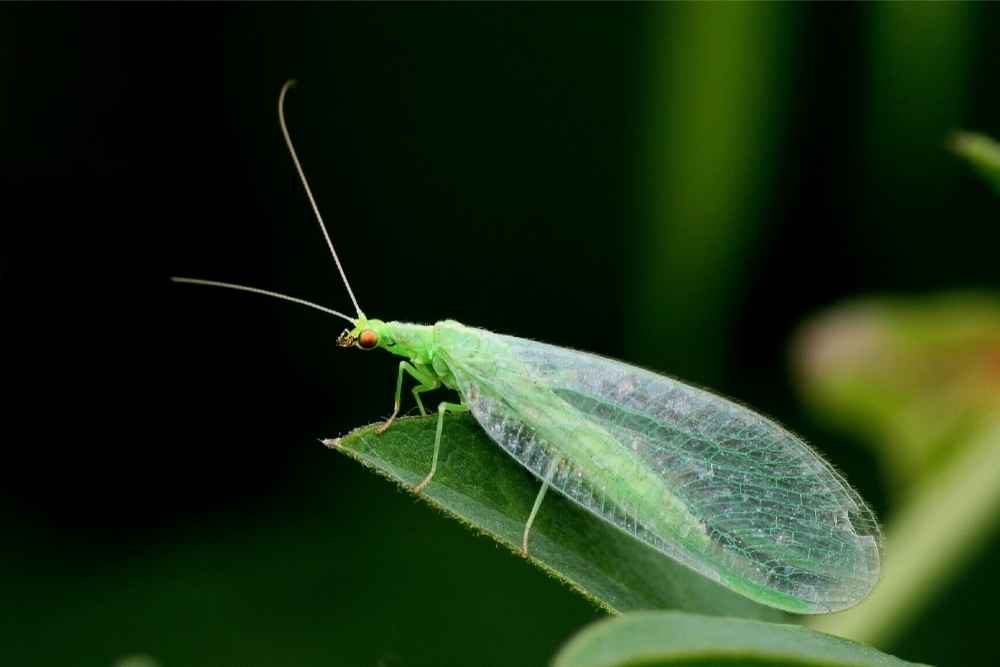
How Do I Know if I Have Root Aphids?
Though they are hard to spot, there are a few telltale signs that you have root aphids on your hands:
- Powdery and waxy substances appear on the base of the plant’s stem at the root
- Parts of the plant and its roots have a soft, white coating
- Wilting or distortion of leaves or young shoots
- Curling or yellow leaves
- The premature death of leaves and young plants
- Honeydew on leaves and plant fruit
- Black, sooty fungus
Is It Hard to Get Rid of Root Aphids?
Figuring out how to get rid of root aphids is tough. While there are ways to crowd control colonies and clusters of aphids, it may become difficult to get rid of due to the nature of the aphid and its lifecycle.
Telescopic Development
Aphids are typically all female and reproduce asexually, meaning they do not need a mate to produce offspring. Often, female bugs give live birth to more females who may also be pregnant at their birth in a process called telescopic development. This increases the number in a colony at light speed, causing an aphid infestation.
Lifecycle
Once aphids are born, they fully mature in a little over a week and can live up to a month-long. Aphids give birth to multiple daughters a day during this time, who also may be pregnant at birth. In later seasons like summer, or when environmental factors alter living conditions, females may grow wings and fly to new plants where they start the cycle anew.
Each female aphid can produce about 40-60 offspring in her month-long life! And if those 40-60 offspring produce their own 40-60 offspring in a month, well, the breeding time and the rapid mature rate for aphids is so profuse that an infestation can occur in no time.
How the Problem Starts
When winged aphids fly to new plants, they deposit several young (nymphs) before flying to another plant to further colonize. These wingless nymphs grow up and feed on the plant they were born on, where they can give birth to even more aphids. This process is then repeated over and over, causing a huge explosion in population.
A dozen winged aphids may colonize multiple plants at a time, producing thousands of new aphids in less than a month. If numbers grow too high, or if a plant becomes too stressed, the aphids will develop wings in a process called phenotypic plasticity. This allows them to fly and find new plants to colonize and, in turn, further progress an already gigantic populous.
How to Get Rid of Root Aphids
If you jump on the issue before it gets out of hand, getting rid of aphids is a piece of cake. Each method will depend on the number of aphids you are dealing with.
Root Aphids On Indoor Plants
On indoor plants, there are a few options to explore. Below is a quick list of things that may help answer how to get rid of root aphids:
Chemical Treatments
Insecticides are what most people first settle on when looking at insect control. Organic insecticides are safer to use indoors and effectively kill aphids; however, they can be harmful to plants. This method is not recommended for root aphids but rather aphids present above the surface of the soil. Natural sprays containing fatty acids, vinegar, and plant oils work best when reapplied daily and are much safer for plant roots and humans.
Diatomaceous earth
Diatomaceous earth is a powdered formula made from sedimentary rock that contains fossilized algae. This non-toxic powder can be lightly dusted on a plant to effectively dissolve insects’ outer shells and prevent them from retaining water. This is only recommended for indoor plants because it is harmful to beneficial insects like butterflies and other pollinators.
Hand Pick
If there are only a few aphids on a singular indoor plant, picking them off one by one can be another effective method. Put on some garden gloves and knock on the stems, leaves, and flowers to dislodge aphids and drop them into a bucket of soapy water.
Soapy Water
A homemade concoction of water and soap can also be effective at killing aphids. In a small bucket of water, mix a few tablespoons of detergent-free, non-degreasing, liquid soap. Soap is safe for birds and other beneficial insects like ladybugs and bees but dissolves the outer layer of the aphid’s bodies, which will eventually kill them.
Soap should not be applied directly to roots or the soil of the plant, as this can end up doing more harm to your plant. Either spray the mixture directly onto the plant or apply with a soaked paper towel or cloth, paying careful attention to avoid getting soap into the soil.
Sticky Traps
Glue traps are pieces of cardboard or paper covered in glue that attracts winged insects. Some can be stuck into the soil directly next to a plant. Winged aphids will become stuck to the paper and will be unable to move after.
Removed Damaged Parts
If one section of a plant has become overtaken with aphids and is starting to die, the best solution is to remove that part of the plant. This is not recommended if large portions of the plant are overrun or if the affected part will kill it if removed.
If you find the roots are infested, disposing of the entire plant before the colony spreads can also be an option. Dunking the plant in soapy water before disposal will kill aphids and prevent them from migrating after plant disposal.
Root Aphids On Outdoor Plants
Exercise Outdoor plant treatments for aphids with caution as they can damage or kill neighboring plants. Make sure the treatment will agree with all the plants in your garden before you try them.
Spray with Water
Simply spraying plants with your garden hose can dislodge aphids and prevent them from re-attaching to plants. This will also rinse off any honeydew residue or mold left behind by aphids that will hurt plants and attract other pests like ants.
Natural Enemies
Some insects are all natural forms of pest control that employ natural enemies of the aphid to do the removal work for you. A lot of insects are natural enemies to the aphid, such as
- Nematodes
- Caterpillars
- Ladybugs and Lady Beetles
- Green and Brown Lacewings
- Hoverflies
- Soldier Beetles
- Predaceous Midges
- Damsel Bugs
- Minute Pirate Bugs
- Spiders
These insects are environmentally friendly and will eat or attack aphids and other soil-borne pests without causing harm to roots, plants, worms, humans, or pets. Some insects become attracted using sprays or bought live from some garden supply stores or nurseries.
Neem Oil
Neem oil is made from the fruits and seeds of the evergreen neem tree. It may naturally control the populations of aphids and other bugs like ants. Adding a drop of neem oil to a cup of water and soap and then applying it to plants as an effective insect repellent and pesticide. But be sure to keep pets away as these repellents are harmful if ingested.
Preventative Measures
The best solution is to stop the problem before it ever starts. There are some preventative measures that’ll prevent aphids from taking over or from ever entering your garden in the first place.
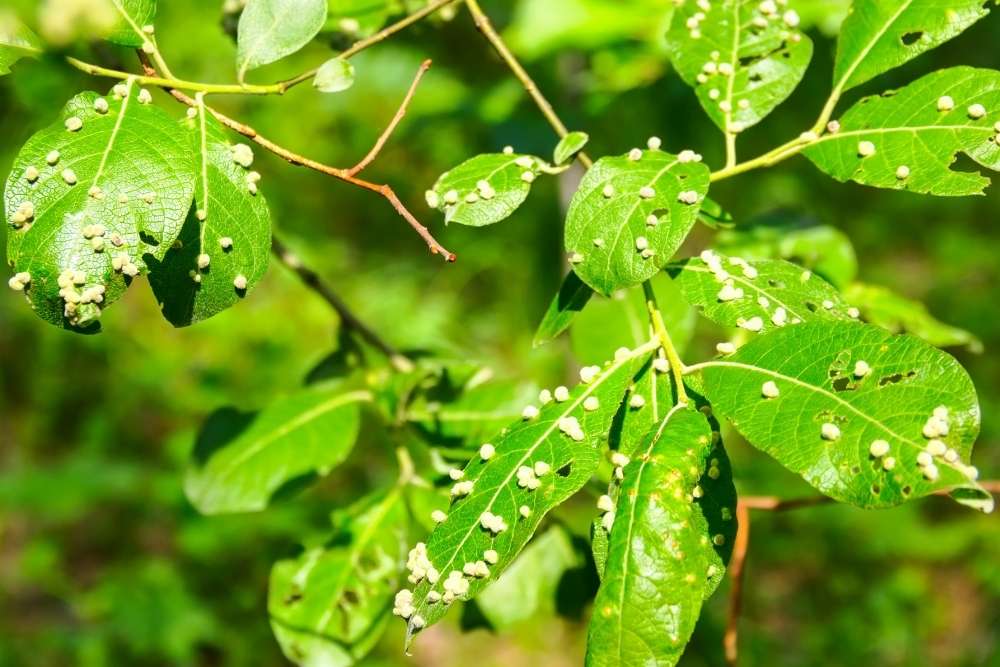
Row Covers
Covering young plants with row covers will block access to bugs while still allowing sun, water, and airflow to reach your plant. Row covers come from light material that sits on top of plants and protects them from sudden drops in temperatures. Row covers only work for young — remove these covers when plants begin to flower.
Companion Planting and Trap Crops
Aphids naturally prefer certain plants more than others because they are attracted to their scent. Garden plants like calendula, nettles, and sunflowers around the perimeter of your garden will prevent natural predators (like the various species of aphids) from entering. They will also, unfortunately, be the sacrificial hosts keeping the rest of your plants safe.
Fortunately, sunflowers are strong plants that can take more hits from insects than others, making it easier to target aphids when they are concentrated on only one plant in the garden.
Scent Deterrents
Garlic and onions are natural repellents for many insects, including aphids. Smelly plants will repel insects and force them to move on from your garden. Instead of cultivating these plants yourself, spreading fresh pieces of garlic, onion, and other alliums on top of the soil will work just as well.
Ant Control
Ant population control is also a part of aphid control. Ants have a mutualistic relationship with aphids because ants love the sweet honeydew residue aphids leave behind due to the digestive process. Ants might also “milk” this residue out of aphids and protect aphids from predators. Eliminating one insect will help control the other.
Attract birds
Planting certain flowers or providing birdseed and birdbaths in your garden may attract birds that eat root aphids. Some plants and trees that birds prefer for food and shelter are:
- Sunflower
- Blackberry shrubs
- Viburnums
- Hollies
- Oaks
- Birch Trees
- Cherry trees
- Daisies
- Marigolds
- Cornflowers
- Milkweed
Final Thoughts – How to Get Rid of Root Aphids
Root aphids are easily one of the most invasive and difficult insects to deal with. Gardeners will most likely face an impending infestation of these pests at some point in their lives. Knowing how to deal with them is vital. Preventative methods like ant control and companion planting can stop the problem before it starts. Still, other solutions like natural insecticides, soapy water, and nematodes are handy when an invasion has already started.
Being vigilant is the key to a healthy garden free from these annoying little bugs!


